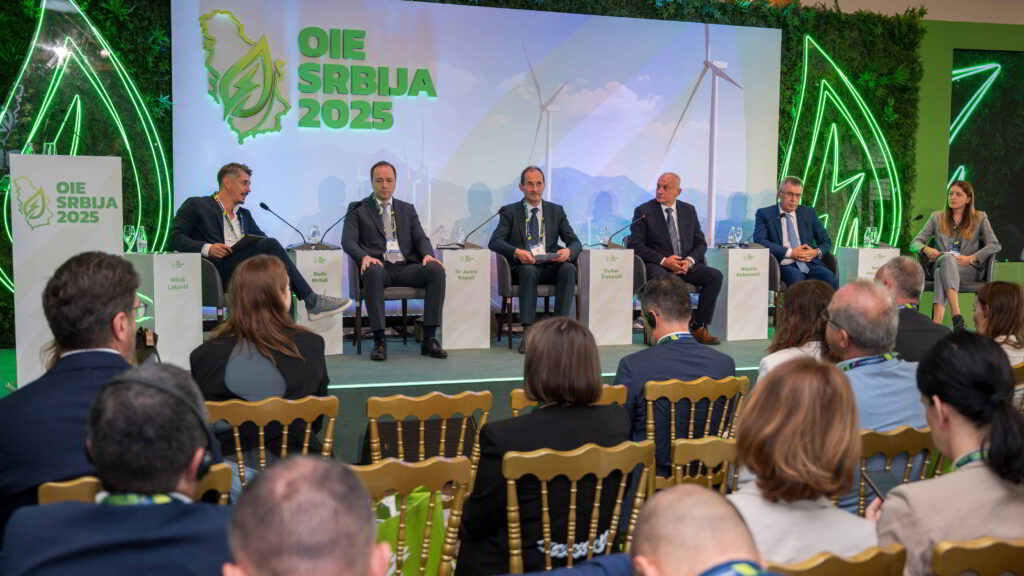The capacities of solar and wind power plants in Serbia increased in one year by 40%, from 647 MW in August last year to 908 MW; Montenegro will have 187 MW of installed renewable energy capacity by the end of the year, while 700 MW is expected by the end of 2027 – it was announced at the first panel held at the RES SERBIA 2025 conference in Vrdnik.
The participants of the panel discussion “What is on the Renewable Energy Radar – Serbia and the Region” also discussed guarantees of origin, the new EU Directive on renewable energy sources that will shorten the deadlines for issuing building permits for RES projects, the third auctions for RES in Serbia.
Among the participants were Rade Mrdak, Special Adviser to the Minister of Mining and Energy, Dr. Janez Kopač, Commissioner of the Energy Agency of the Republic of Slovenia, Dušan Živković, CEO of EPS, Milutin Đukanović, Chairman of the Board of Directors of Elektroprivreda Crne Gore, Naida Hausmann, Lead of the Renewable Energy Task Force & Senior Renewable Energy Expert, Energy Community. The discussion was moderated by lawyer Miloš Laković.
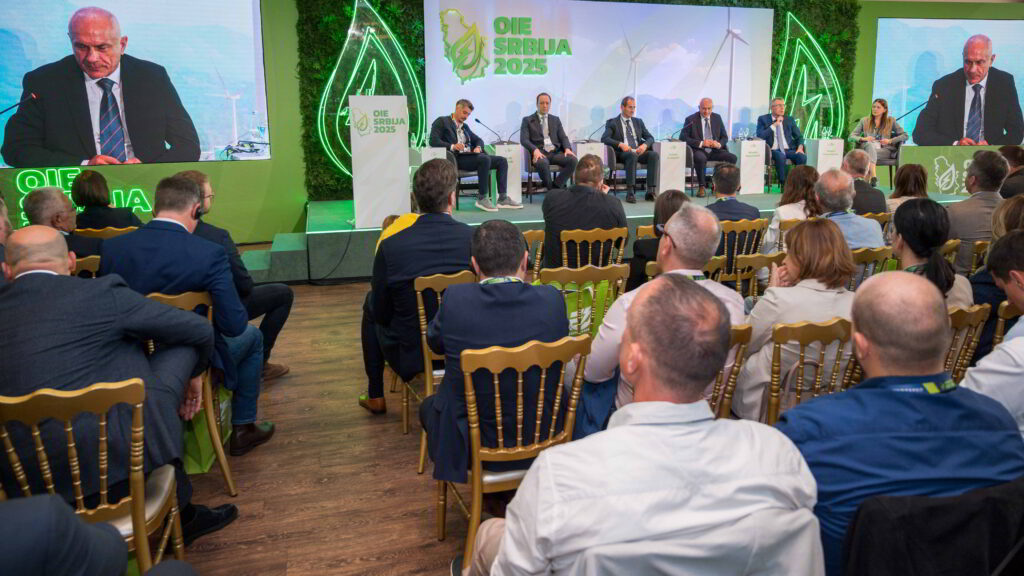
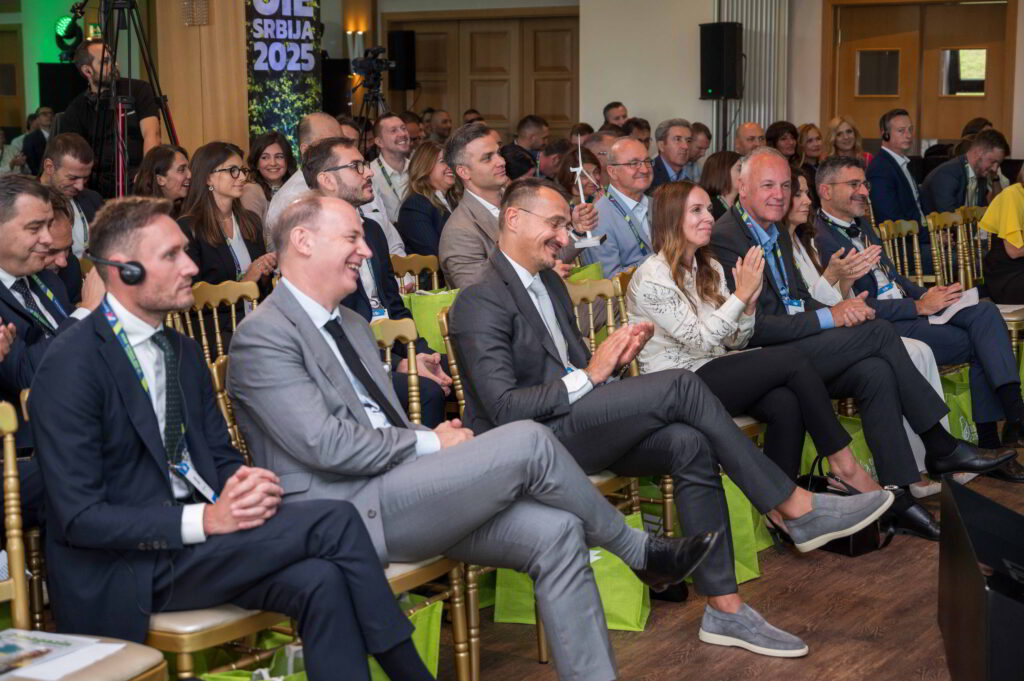
Significant jump in solar capacities in Serbia
Rade Mrdak, Special Adviser to the Minister of Mining and Energy, pointed out that in the past year, significant progress has been made in the development of renewable energy sources, as well as that the capacities of solar and wind power plants have increased from 647 MW, which was in August of last year, to 908 MW.
– That is a growth of 40%. The jump in solar capacities is particularly significant, from 137 MW to 300 MW, while just three years ago we only had about ten megawatts on the grid. The solar industry has recovered, and I would also like to highlight EPS, which joined the RES industry – emphasized Mrdak.
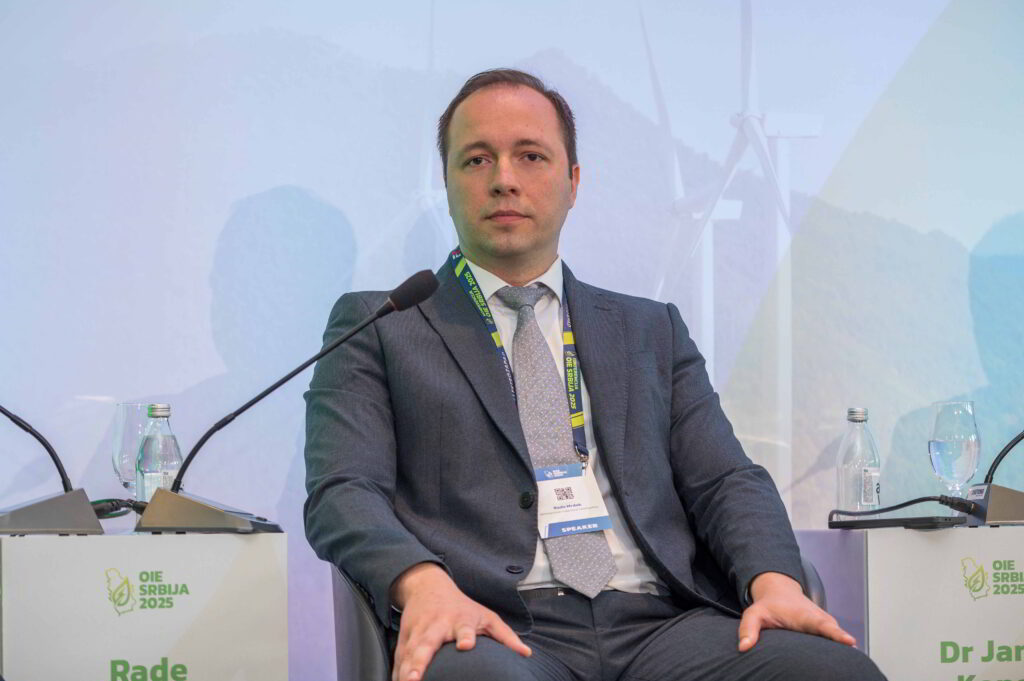
Rade Mrdak, Special Advisor to the Minister of Mining and Energy
According to him, the central event in the previous year was the organization of the second round of auctions, which, as he said, were extremely successful, both in terms of capacity and the prices offered, but also in the fact that all electricity from power plants that receive incentives will belong to the Elektroprivreda Srbije for the needs of supplying our economy and citizens.
– The offered prices are very competitive, significantly below the market level. Currently, 1200 MW of the planned 1300 MW are being developed. It can always be better, but we have moved from the phase of plans and announcements to the phase of implementation – said the Advisor to the Minister, adding that third auctions are planned, but that internal analyzes will be needed to show whether there are enough projects on the market.
First megawatts from the Kostolac wind park will soon be on the grid
Dušan Živković, CEO of Elektroprivreda Serbia, said that in the next month, the first megawatts from the Kostolac wind park, the first wind park of EPS, should be on the grid.
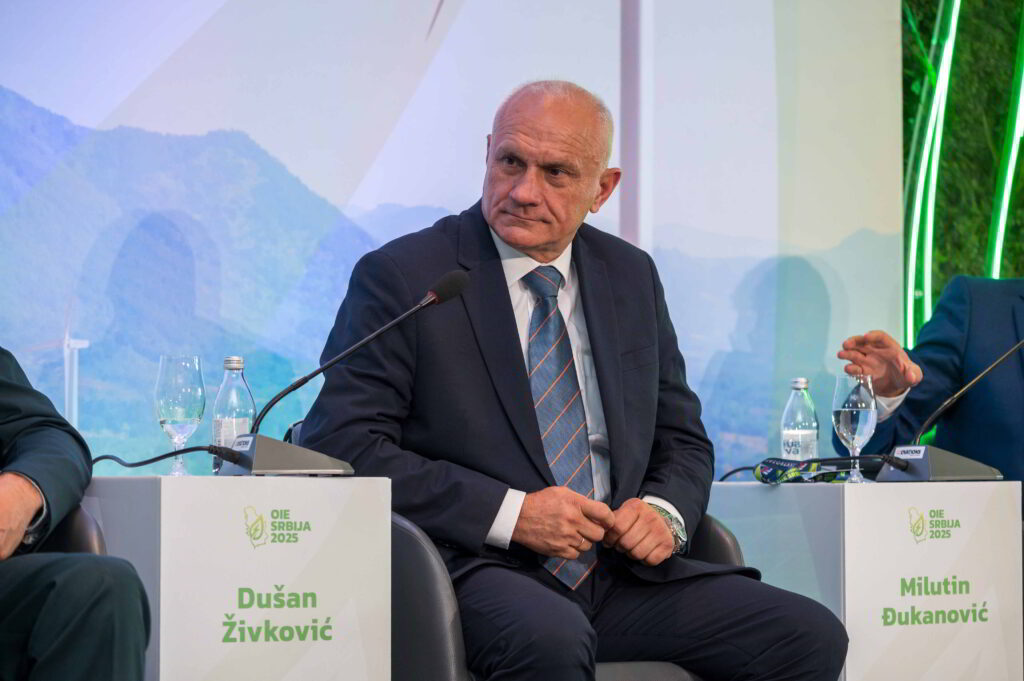
Dušan Živković, CEO of Elektroprivreda Srbije
He pointed out that EPS is on the path of transition and confirms this with strategic projects, such as the reversible hydroelectric power plant “Bistrica”, as well as the project of 1 GW of solar power plants with battery storage.
– Without new production capacities, above all rHPP “Bistrica” and 1 GW of solar, the development of the company would be threatened, while at the same time the energy security of Serbia would be in the hands of independent energy producers and traders – said CEO of EPS.
Živković also spoke about global challenges that influence the postponement of project implementation deadlines, as well as the increase in costs. According to his words, the goal of “Elektroprivreda Srbije” is to maintain a large share in the electricity market, both in production and supply, and that, as he pointed out, will not be an easy task at all.
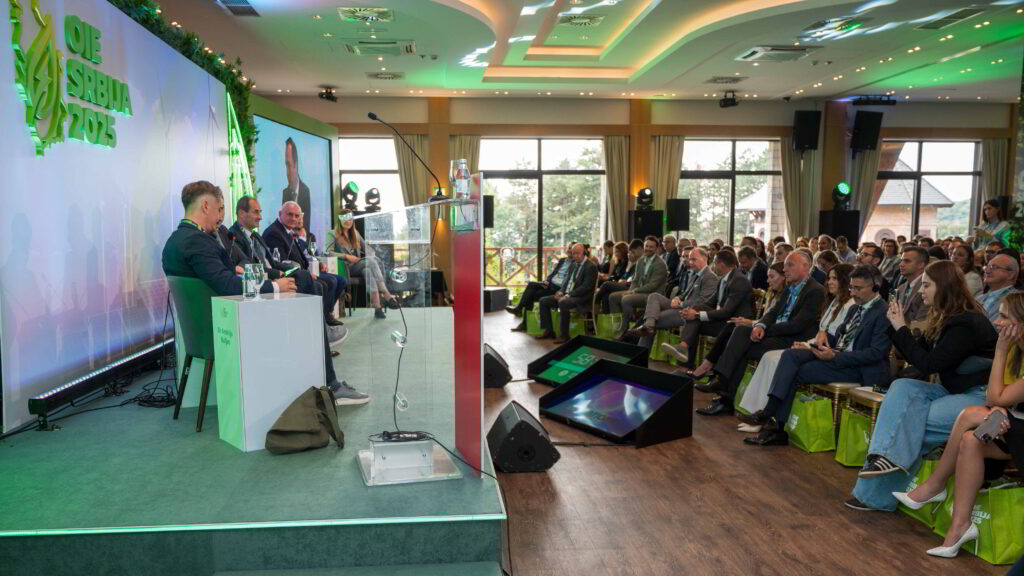
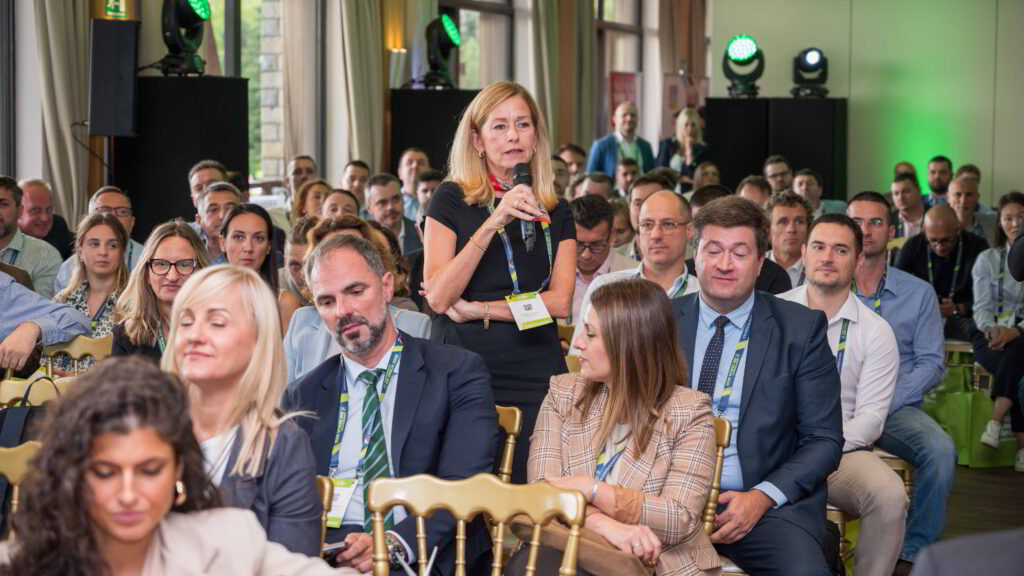
– The big challenge of EPS in the coming period will be to maintain financial stability, to go through renewable energy sources and to implement projects in a timely manner in order to achieve the goals for 2030. The key is the way in which the relationship will be established with independent electricity producers who are looking for their place in the market and who are on the one hand, while on the other hand there are energy companies such as EPS, which are less privileged, and at the same time, in the time of energy transition, they are crucial for energy security – emphasized Živković.
By 2027, Montenegro will have close to 700 MW of renewable energy
Milutin Đukanović, Chairman of the Board of Directors of Elektroprivreda Crne Gore, said that Montenegro will have 187 MW of installed renewable energy capacity by the end of the year. As he announced, by June 30th of the following year, there will be 290 MW, by the end of 2026, over 400 MW, and by the end of 2027, close to 700 MW.
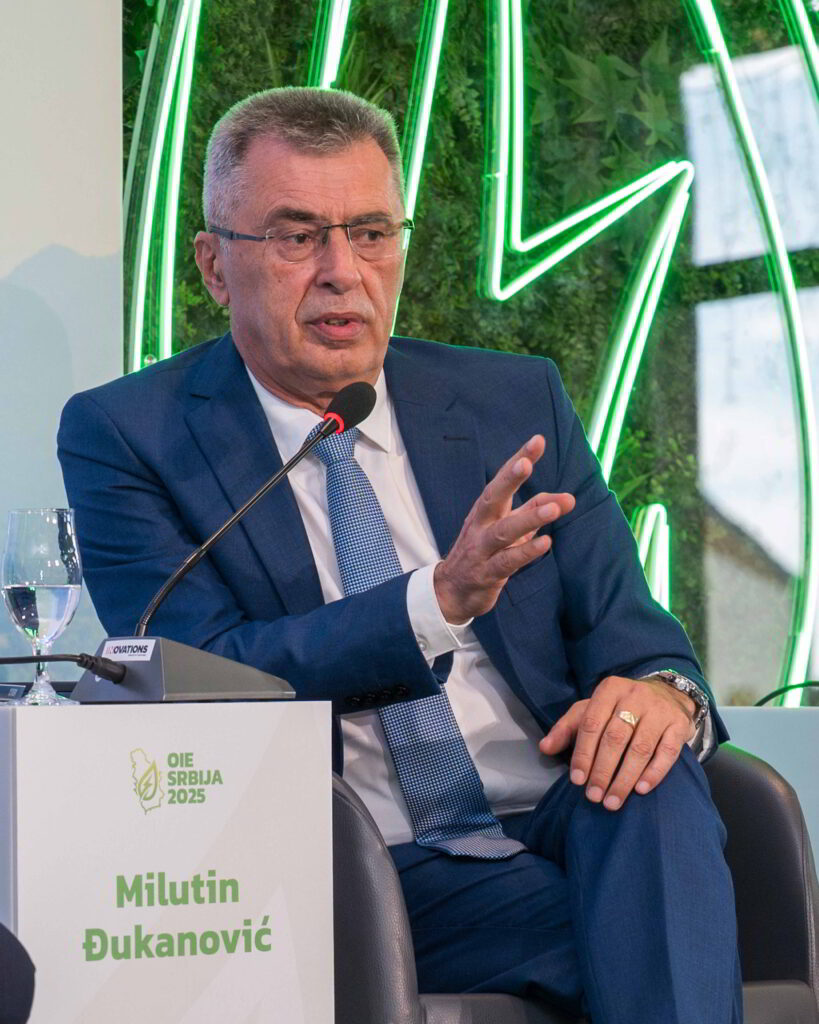
Milutin Đukanović, Chairman of the Board of Directors at Elektroprivreda Crne Gore
According to him, Montenegro today has more than 8300 prosumers with over 80 MW of installed capacity.
– That system was excellent for us, we bought time for big projects. By November 15th, we will finish the environmental reconstruction project of the Pljevlja Thermal Power Plant, worth 75 million EUR. We have received the equipment for the Gvozd wind park, a project worth 82 million EUR, and I hope that we will receive the first MWh by the end of the year – revealed Đukanović.
He announced that the structure for the Kapino Polje solar power plant has been installed, as well as that approvals have been obtained for the Krupac solar power plant near Nikšić (50 MW).
He said that the state has announced auctions for 250 MW, that strategic partnerships with large investors mean close to 500 MW, but the condition for everything to be realized, as he says, is to strengthen the battery systems. Đukanović emphasized that hydro-energy infrastructure can be used to overcome the biggest challenge – connection to the grid.
– Having renewable energy sources without battery systems will bring any company to a dead end. A public call for the procurement of two battery systems of a total of 60 MW is underway. By the middle of next year, I am convinced, we will have that implemented as well. The connection to the Gvozd wind farm cost us 20 million EUR, why not use that infrastructure to connect solar and battery systems? – said Đukanović.
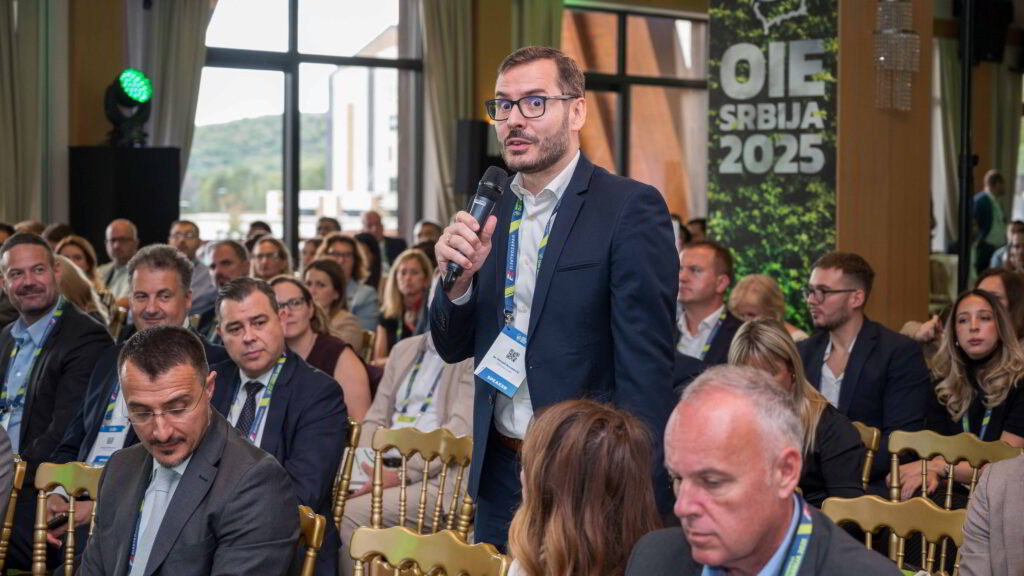
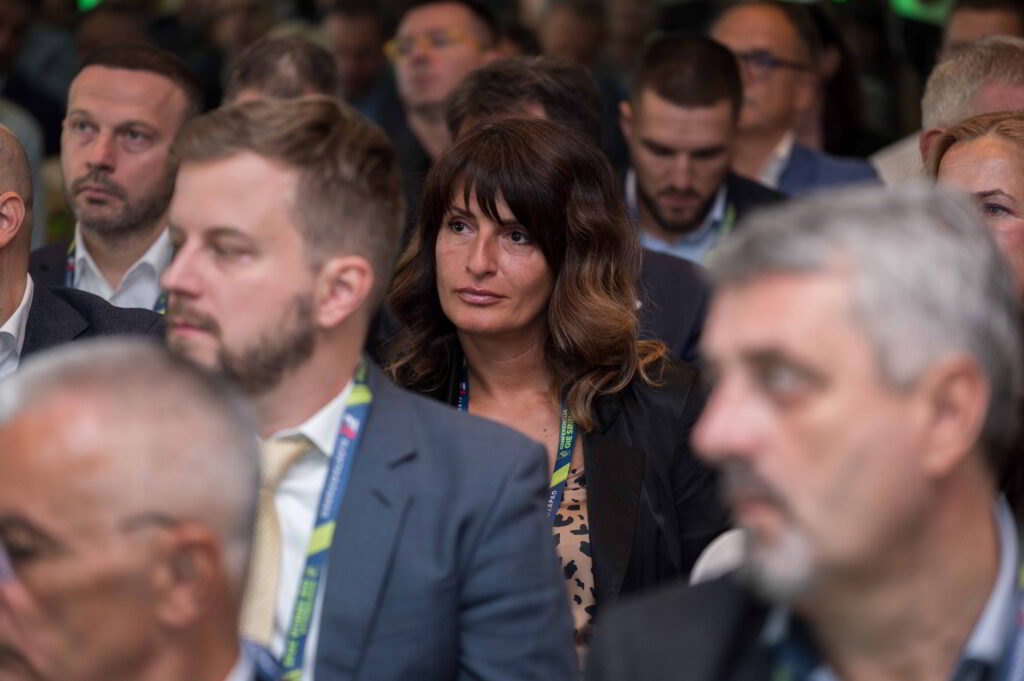
RES projects mostly come from auctions, PPA contracts required
Naida Hausmann, Lead of the Renewable Energy Task Force & Senior Renewable Energy Expert, Energy Community, pointed out that both in Serbia and in other contracting parties there is noticeable progress when it comes to renewable energy sources.
According to her, all contracting parties have adopted or are finalizing national energy and climate plans, and laws on renewable sources also exist in almost all countries.
– We see progress when it comes to prosumers, there are more and more of them. The champion in that context is Montenegro. What is missing are energy communities. Also, when it comes to renewable energy sources, the heating, cooling and transport sectors are lagging behind in all countries – she pointed out.
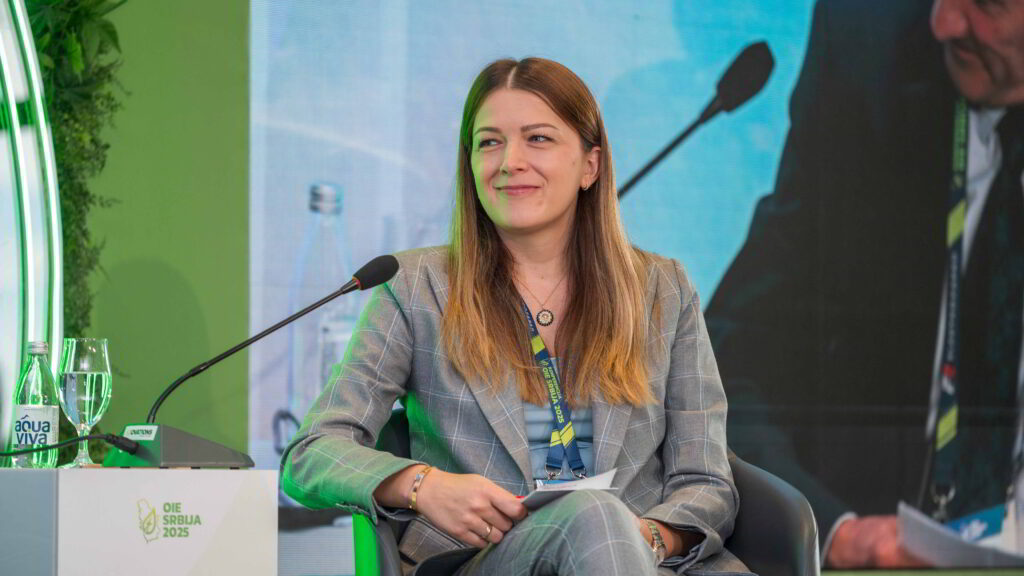
Naida Hausmann, Lead of the Renewable Energy Task Force & Senior Renewable Energy Expert, Energy Community
She said that it is good that countries are switching from feed-in tariffs to auctions, which were held in almost all countries, except for Bosnia and Herzegovina. However, as she stressed, private projects are needed, based on a market basis, because new RES capacities mainly come from incentive measures.
– Other auctions in Serbia envisage that a part will be under a PPA contract, we see that as progress, that there will be a little more corporate contracts. The corporate sector is quite uninformed – Hausmann pointed out, adding that Moldova is the first country to prepare an auction for RES and battery storage systems, and that this is something that is certainly waiting for the other contracting parties.
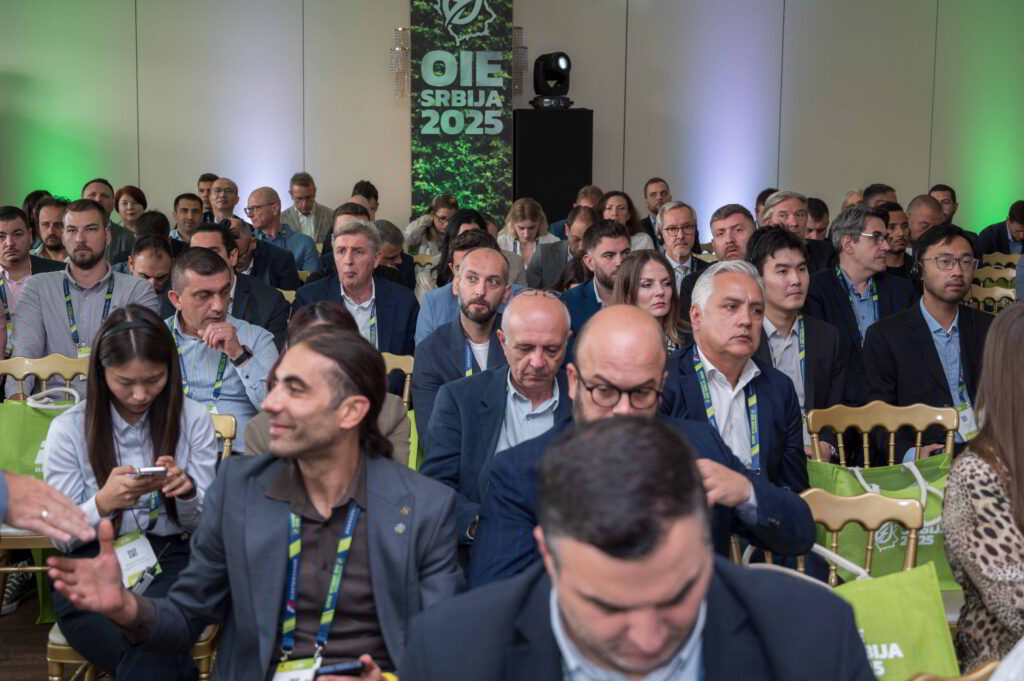
She praised Serbia for issuing guarantees of origin, a certificate that confirms to the end customer that a certain amount of electricity is produced from renewable sources.
– Guarantees of origin are crucial for PPA contracts, especially corporate ones. Serbia is the champion, Elektromreža Srbije does it fully in accordance with European standards. Unfortunately, guarantees of origin from third countries are not recognized in the EU, unless there is an agreement between the EU and a third country – noted Naida Hausmann.
The new EU Directive shortens the deadline for issuing building permits
Dr. Janez Kopač, Commissioner of the Energy Agency of the Republic of Slovenia, reminded that the EU adopted a new Directive on renewable energy sources at the end of 2023. Although the Directive is not yet part of the EC legal order, and Serbia does not have to comply with it yet, it will have to transfer certain provisions into its legislation, said Kopač.
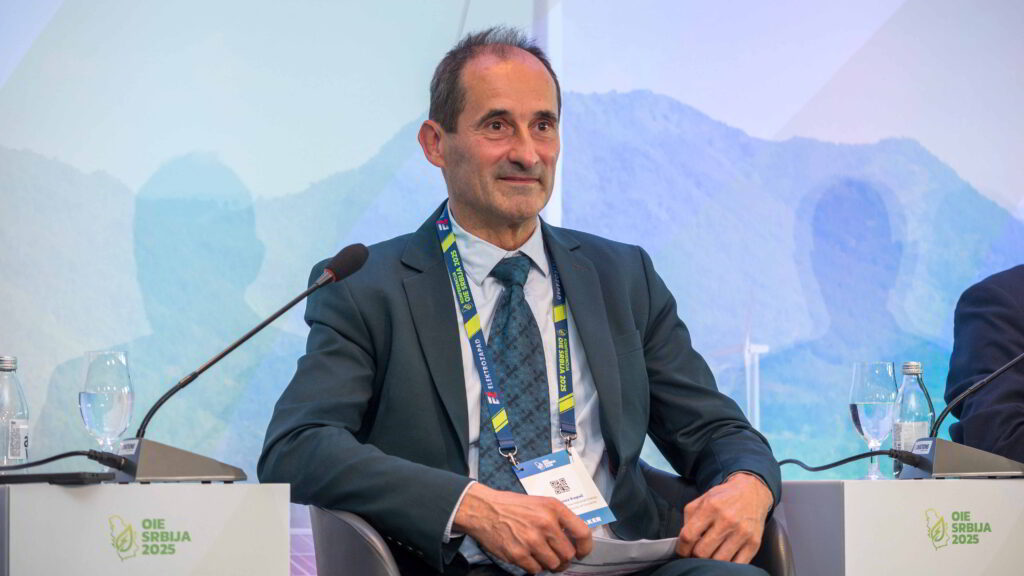
Dr. Janez Kopač, Commissioner of the Energy Agency of the Republic of Slovenia
Among the novelties brought by the Directive is that the state must form a spatial plan for special purpose areas, where a strategic assessment of the impact on the environment and a set of measures to mitigate the impact of the investment on the environment must be made, explained Kopač.
– Environmental impact assessments should no longer be made. That way, investors can get a solution much faster. In such solutions, the state is obliged to issue a construction permit in less than 12 months – he emphasized.
Another novelty, according to Kopač, is that in all other zones, the state must issue a building permit for RES projects in less than two years, while for solar power plants on buildings, the deadline is three months at most, and there is no longer an environmental assessment obligation.
The obligations will enter the Serbian legal system next year, announced Kopač. According to him, no country in the EU has fully implemented the new Directive.
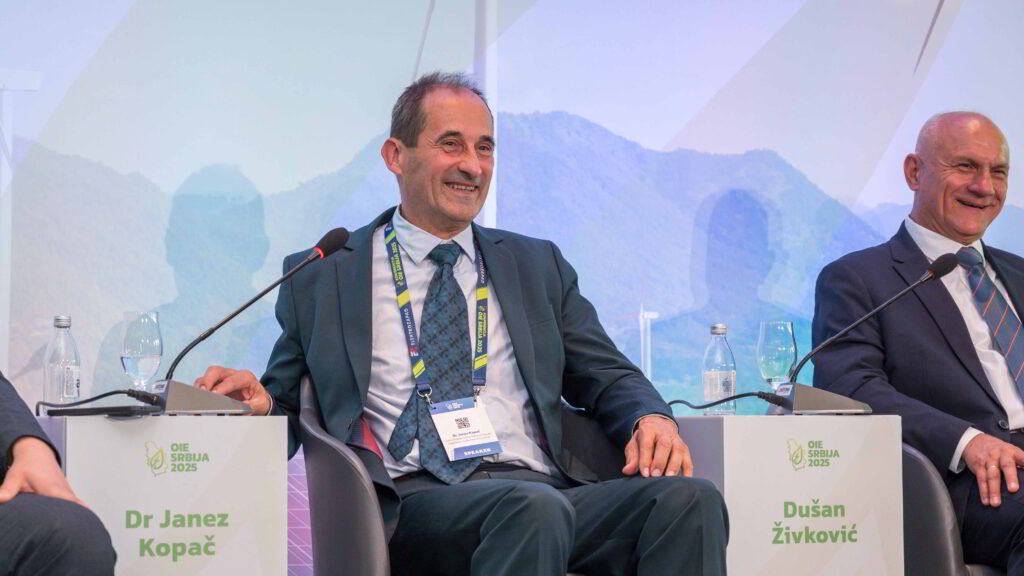

– February is the deadline for the adoption of special spatial plans, which must cover significant areas. It could theoretically be the whole country, or it could be less. France and Germany have determined that all areas along highways are acceptable for solar. Serbia is in a dilemma whether to transfer all obligations in one law, or several laws – pointed out the Commissioner of the Energy Agency of the Republic of Slovenia.
According to him, tacit consent can be a problematic element.
– The Directive stipulates that if the authority does not respond within a certain period, it is interpreted as positive consent, but the country can refuse to transfer that provision if it is not in its legal order. In the Law on Spatial Planning and Construction, Serbia has the element of tacit consent for the use permit, so now it will be debatable in Serbia, whether the principle of tacit consent should be introduced in all stages of issuing a building permit – concluded Kopač.
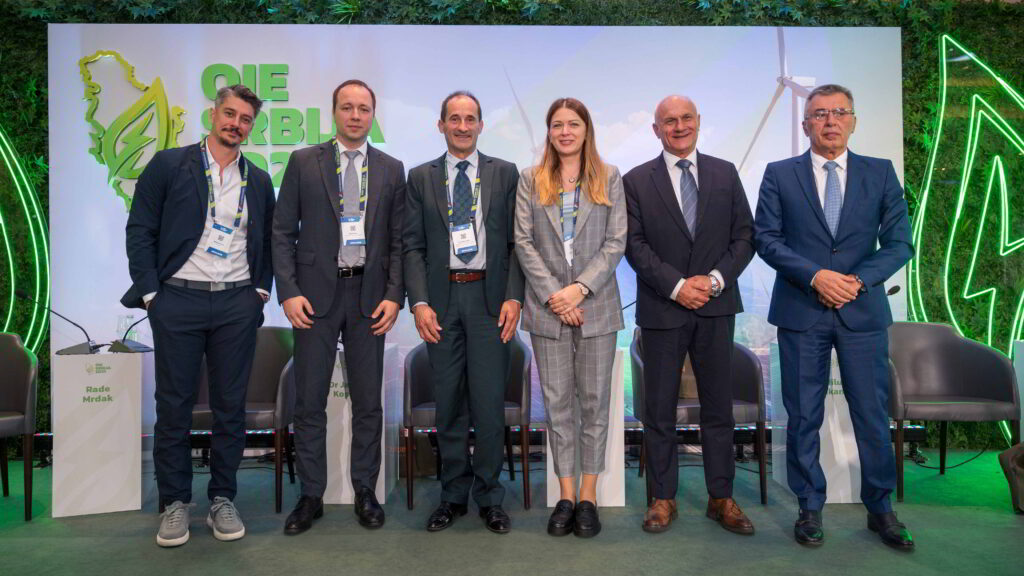
For the fifth year in a row, the conference organized by the Association Renewable Energy Sources of Serbia gathered decision makers, representatives of companies, investors, banks, and the academic community.


